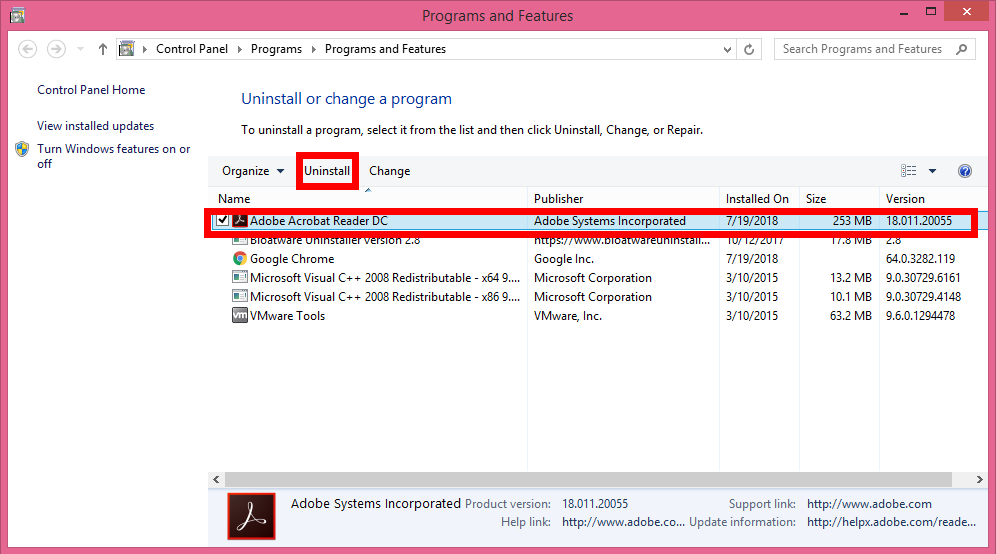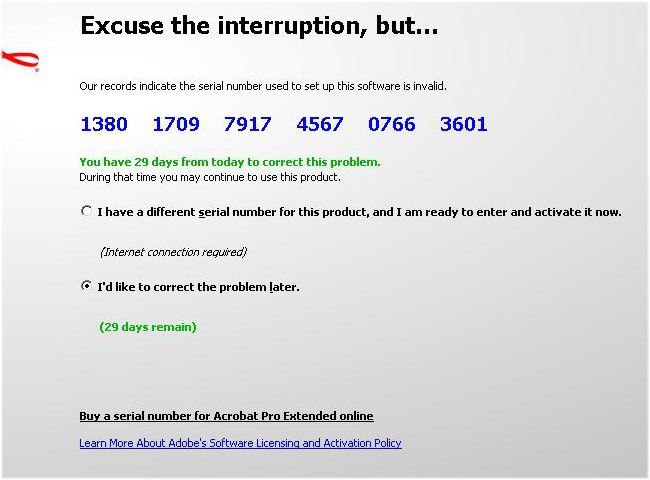

Using the program, you can share PDF files and collect comments as easily as sending emails.

Winners get an email with a link to the PDF file. #ADOBE ACROBAT PRO DC ACTIVATION CODE SERIAL NUMBER#.

#ADOBE ACROBAT PRO DC ACTIVATION CODE ACTIVATION CODE#.#ADOBE ACROBAT PRO DC ACTIVATION CODE CRACKED#.#ADOBE ACROBAT PRO DC ACTIVATION CODE HOW TO#.The following script corrects this problem by using the WillCommit event. This number is illegal because you can’t have two decimal points in a number. For example, with the previous script it is possible to enter illegal number formats like “11.22.33”. The Keystroke event that occurs immediately before the entered value is committed, the WillCommit event, gives the script a final chance to reject or changed the entered data. Since the value of event.change can be more than one character in length it is important to write the code to handle any number of characters. It is this property that needs to be tested for acceptable input data. The event.change property holds the value of the keystroke or clipboard paste. For example, to guarantee the user will enter a numeric value, the following Keystroke script rejects any keystrokes that are not a number or a decimal point by setting the event return value, event.rc, to false if(!event.willCommit)Įvent.rc = !isNaN(event.change) || event.change = "." īy testing the willCommit property, the script only processes events caused by user keystrokes.

The first allows us to filter and replace the data as it is entered. These two situations provide us with a way to manipulate the entered data in two ways. The Event Object provides the event.willCommit property to distinguish between these two situations. For convenience we’ll call this the WillCommit event. The process of applying the entered data to the actual field value is called “committing.” The second situation in which the keystroke event is called is immediately before the data is committed to the field value. The data being entered is stored in a temporary location and does not change the real value of the field until the user either presses the enter key or tabs out of the field. Typically this means for each of the user’s keystrokes, but it is also called when data is pasted into the field from the clipboard. First, it is called for each change made to the field during data entry. The Keystroke is called in two different situations. All scripts covered in this tip, plus additional examples, are provided in the FormattingExamples.pdf file.ĭownload FormattingExamples.pdf The Keystroke Event Together, these events can be used to control both the format of data entered into the field and the appearance of the data displayed in the text field. The Keystroke (change) event and the Format event. Prerequisites: Familiarity with Form Fields and the JavaScript environmentĪcrobat provides two events (script locations) for handling text field formatting.


 0 kommentar(er)
0 kommentar(er)
